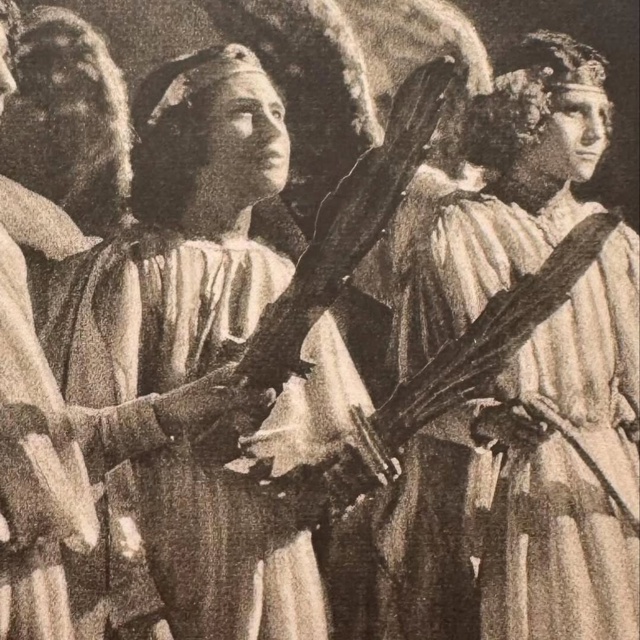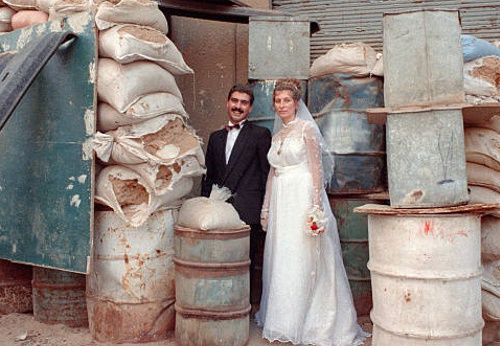Spanish Religious Life a Century Ago
The Jesuits in particular were respected for their intellectual tradition but also criticized by secularists who accused them of exerting too much political sway. Spain was, and still is, known for its intense public expressions of faith. Around 1915, major festivals such as Semana Santa (Holy Week) drew crowds of believers. Brotherhoods (cofradías) organized elaborate processions, carrying statues of Christ and the Virgin through the streets.
Pilgrimages were also common—among the most famous were those to Santiago de Compostela, Montserrat, and smaller regional shrines. Marian devotion was especially strong, with images of the Virgin serving as protectors of cities and villages. Daily religious practice was deeply ingrained. Many Spaniards prayed the rosary, kept holy images at home, and observed saints’ feast days. Fasting during Lent was widely practiced, and confession was considered essential to moral life. Despite this devotion, Spain was also entering a period of religious and political conflict. The late 19th and early 20th centuries saw the rise of liberalism, socialism, and anarchism, ideologies that often clashed with the Catholic hierarchy.
August 31, 2025 | 3:05 am




